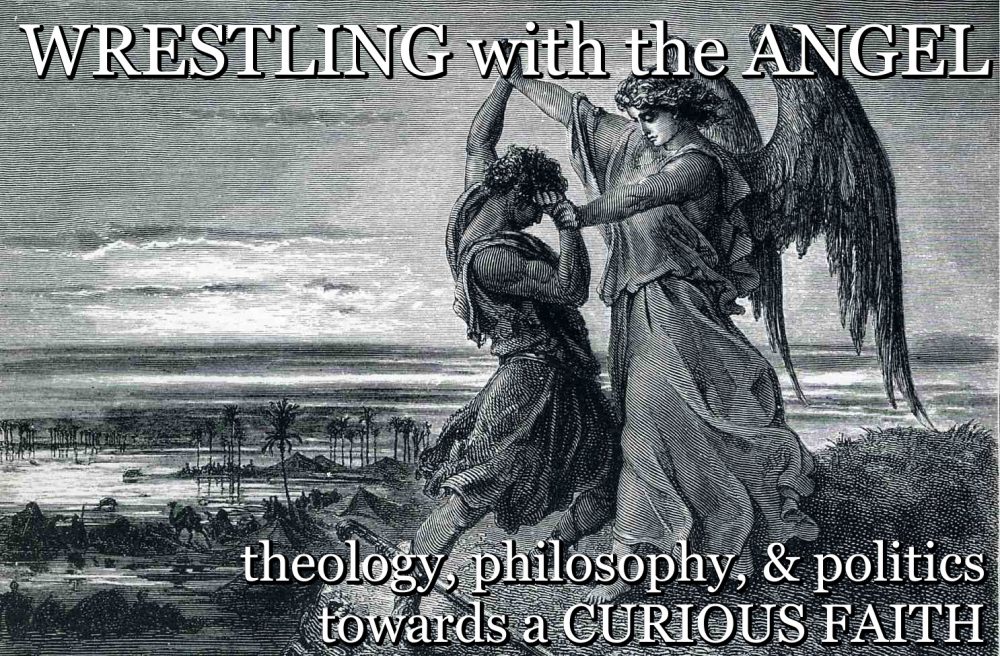 Early in our lives, our sensory and mental life is all we can imagine; it fills not only our immediacy but also the boundaries of what we think possible. However things appear, whatever thoughts come to us, that’s reality, as far as we can know or imagine. It doesn’t seem like there could be anything else. As we get older, things start to change a bit. We have new experiences, new ideas, new conceptual relations. We begin to realize that there is more to reality than what appears to our consciousness at any given moment. We come to realize that other people’s experiences could be different–perhaps radically different–from our own, and yet also reflect reality just as truly as our own.
Early in our lives, our sensory and mental life is all we can imagine; it fills not only our immediacy but also the boundaries of what we think possible. However things appear, whatever thoughts come to us, that’s reality, as far as we can know or imagine. It doesn’t seem like there could be anything else. As we get older, things start to change a bit. We have new experiences, new ideas, new conceptual relations. We begin to realize that there is more to reality than what appears to our consciousness at any given moment. We come to realize that other people’s experiences could be different–perhaps radically different–from our own, and yet also reflect reality just as truly as our own.
Once we begin to admit and accept that not all is as it seems, that there is more than meets the eye, and indeed more than meets our conceptual models, a funny thing happens to us. Our sensory experience, our mental life, which before seemed so full and so rich, starts to flatten. We recognize that what occurs to us is superficial. It’s almost as if our world goes low-definition; we thought we had three or indeed four dimensions available to us, but we begin to see that our world, the world as it appears to us, is more like two-dimensional. Something is missing. Maybe a lot is missing! We begin to fill a bit hemmed-in by the horizons of our immediate consciousness.
This can be deeply unsettling, because our grip on certainty loosens here, and we have to give up control. Especially for people raised primarily as English-speakers, this can be even more troubling, for the culture of English-language philosophy is primarily a culture of empiricism: a confidence that, if we analyze our sensory experience closely enough, we can uncover all truth. To begin to see that this may not be quite true is to relinquish not only a view of the world that is important to us, but a view of ourselves too. The real world is somewhat veiled to us; not all mysteries will yield to our probing.
Yet this realization is, ultimately, liberating. To relinquish this world of our creating is to relinquish a small, sad, dead world. So long as the world is only what we see and think it to be, so long as we are the measure of reality, we know that we can never go beyond ourselves, we cannot transcend our limitations; we know we are trapped. To realize that the world we know is flat and superficial, ironically, allows us to see the world’s true value. Its flatness points to a depth somewhere else; the world we make doesn’t speak the whole truth, but it is spoken by a deeper truth. If there is more to reality than what we see and think, that more is real and is worth turning towards, even if its beyond our sensing and thinking. To see the world as flat is actually to begin to appreciate its real depth.
To see our world–and ourselves–in this way, however, is not easy. It means relinquishing not only that control and certainty, but also easy and convenient answers. It means accepting that life is, at its very core, infinitely mysterious, that we are given to ourselves from a place beyond our understanding. So it is not only that our world is stranger than we imagined, but we are stranger to ourselves than we imagined or want to accept. It’s not always a totally pleasant realization. But in the face of this troubling mystery lies our truth and the only possibility of real freedom.
Most of all, this realization, of the otherness of reality from our immediate experience, is the true foundation for faith in God.
